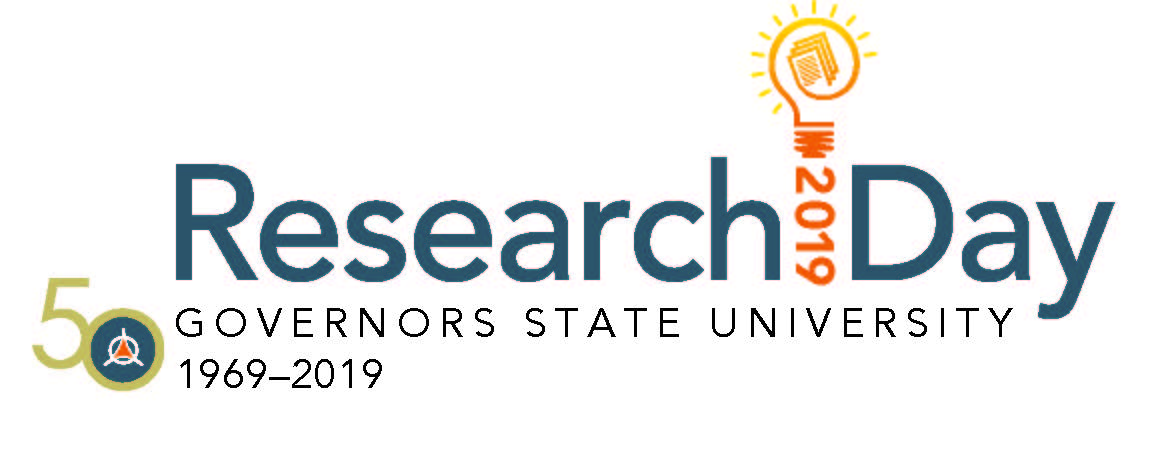
The impact of a comprehensive physical therapy rehabilitation program for an adolescent overhead throwing athlete with an ulnar collateral ligament sprain: a retrospective case report.
Type of Presentation
Poster Session
Start Date
4-12-2019 4:00 PM
End Date
4-12-2019 6:00 PM
Abstract
Background and Purpose: Participation in high school sports has steadily risen over the past three decades with baseball being the fourth most popular sport. A common injury sustained in overhead throwing athletes, such as baseball players, is injury to the ulnar collateral ligament (UCL) of the elbow. The purpose of this case report is to evaluate the impact of a comprehensive physical therapy rehabilitation program on the upper extremity of an adolescent overhead throwing athlete with an ulnar collateral ligament sprain.
Case Description: The patient was a 17-year-old male baseball player who had a diagnosis of UCL sprain of the right elbow and generalized muscle weakness. He presented with elbow pain, decreased shoulder and hip range of motion (ROM) and strength, scapular dyskinesia, and poor thoracic mobility. The patient was treated in outpatient physical therapy with a plan of care focused on increasing ROM, strength and flexibility to return the patient to throwing and to prevent future injury.
Outcomes: The patient demonstrated functional improvements as evidenced by his improved Upper Extremity Functional Index (UEFI) score and absence of pain with activity. His shoulder and hip ROM and strength improved along with thoracic mobility. While scapular strength did not show an overall improvement, his scapular dyskinesia was improved.
Discussion: The research supports the use of a progressive stretching and strengthening program as effective treatment strategies for an ulnar collateral ligament injury. While there was no way to understand if the interventions provided for the patient will help to prevent a future injury, injury prevention continues to be an important topic to investigate as participation in youth sports continues to rise.
Faculty / Staff Sponsor
Dr. Dale Schuit
The impact of a comprehensive physical therapy rehabilitation program for an adolescent overhead throwing athlete with an ulnar collateral ligament sprain: a retrospective case report.
Background and Purpose: Participation in high school sports has steadily risen over the past three decades with baseball being the fourth most popular sport. A common injury sustained in overhead throwing athletes, such as baseball players, is injury to the ulnar collateral ligament (UCL) of the elbow. The purpose of this case report is to evaluate the impact of a comprehensive physical therapy rehabilitation program on the upper extremity of an adolescent overhead throwing athlete with an ulnar collateral ligament sprain.
Case Description: The patient was a 17-year-old male baseball player who had a diagnosis of UCL sprain of the right elbow and generalized muscle weakness. He presented with elbow pain, decreased shoulder and hip range of motion (ROM) and strength, scapular dyskinesia, and poor thoracic mobility. The patient was treated in outpatient physical therapy with a plan of care focused on increasing ROM, strength and flexibility to return the patient to throwing and to prevent future injury.
Outcomes: The patient demonstrated functional improvements as evidenced by his improved Upper Extremity Functional Index (UEFI) score and absence of pain with activity. His shoulder and hip ROM and strength improved along with thoracic mobility. While scapular strength did not show an overall improvement, his scapular dyskinesia was improved.
Discussion: The research supports the use of a progressive stretching and strengthening program as effective treatment strategies for an ulnar collateral ligament injury. While there was no way to understand if the interventions provided for the patient will help to prevent a future injury, injury prevention continues to be an important topic to investigate as participation in youth sports continues to rise.
